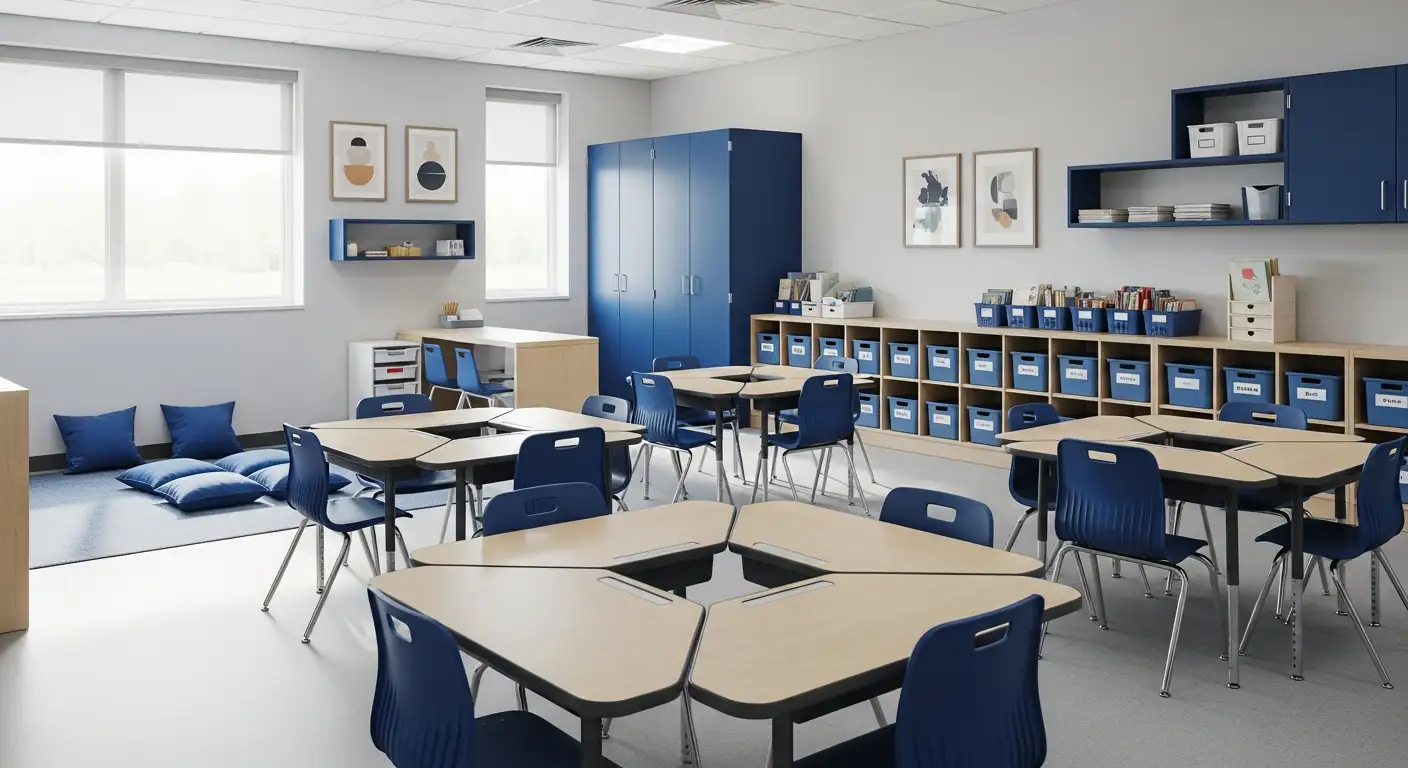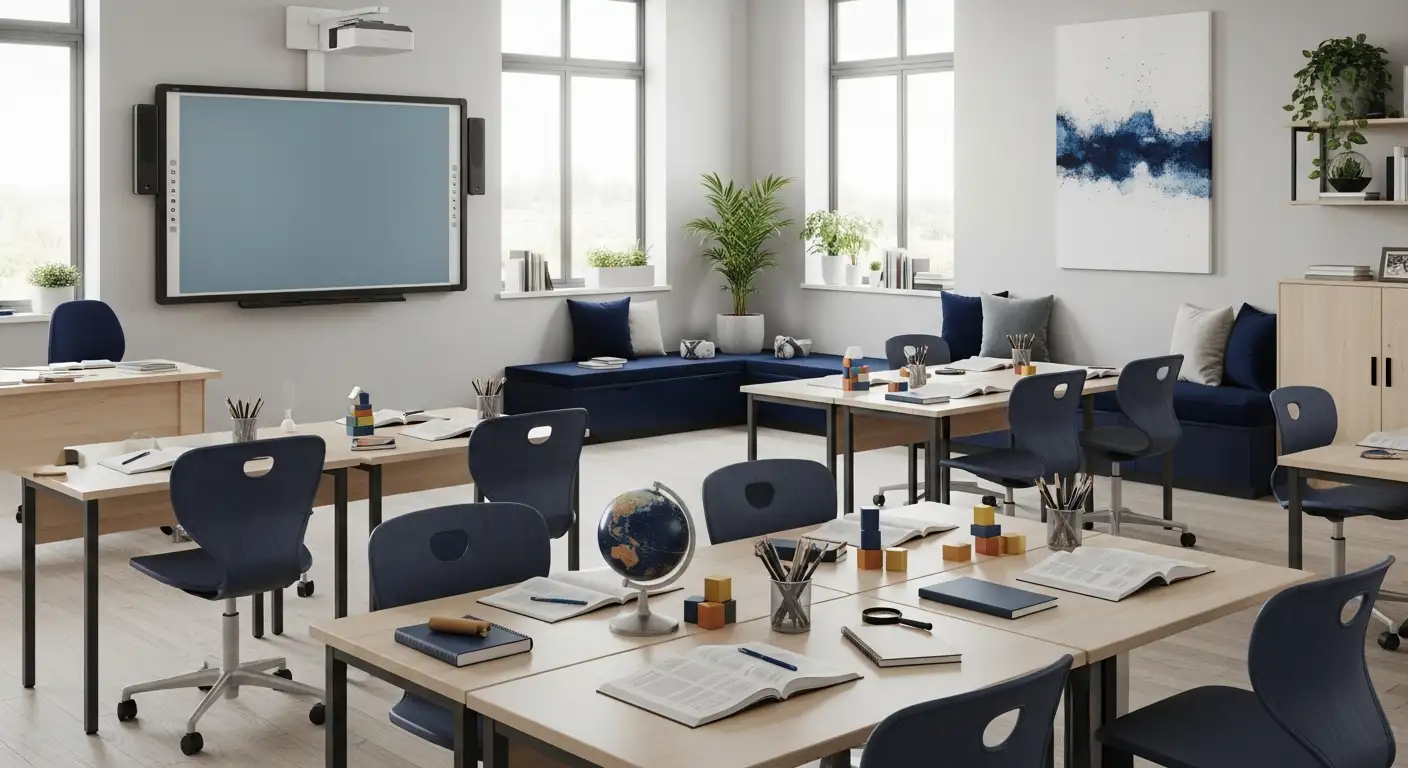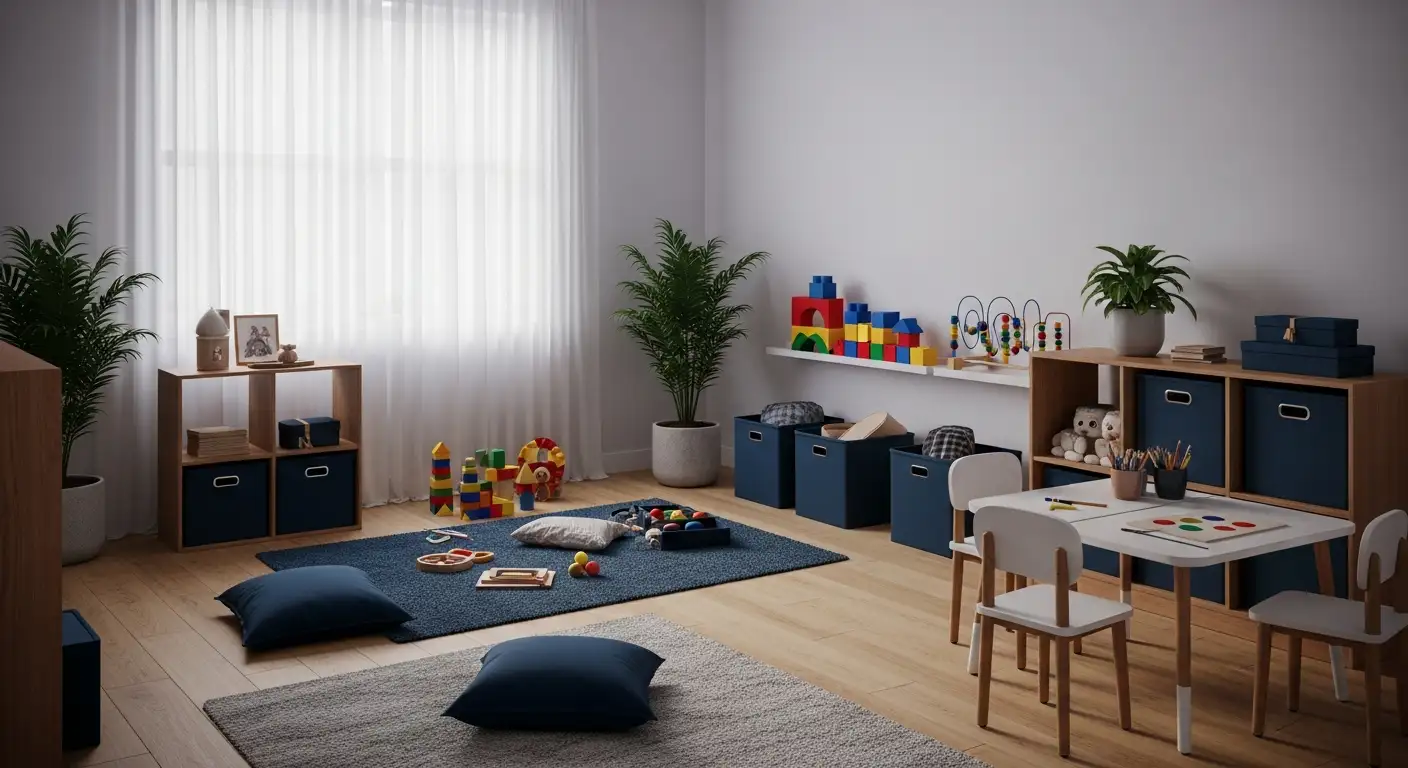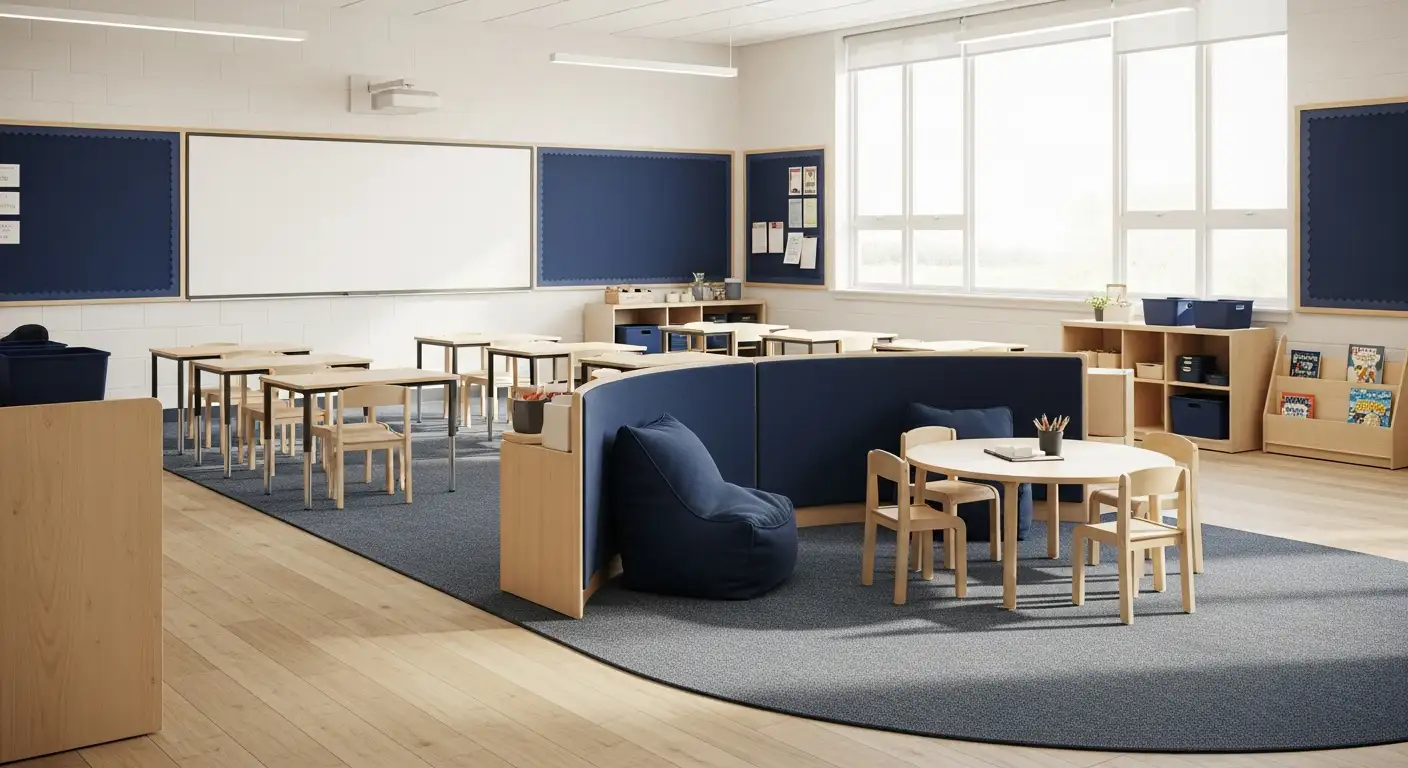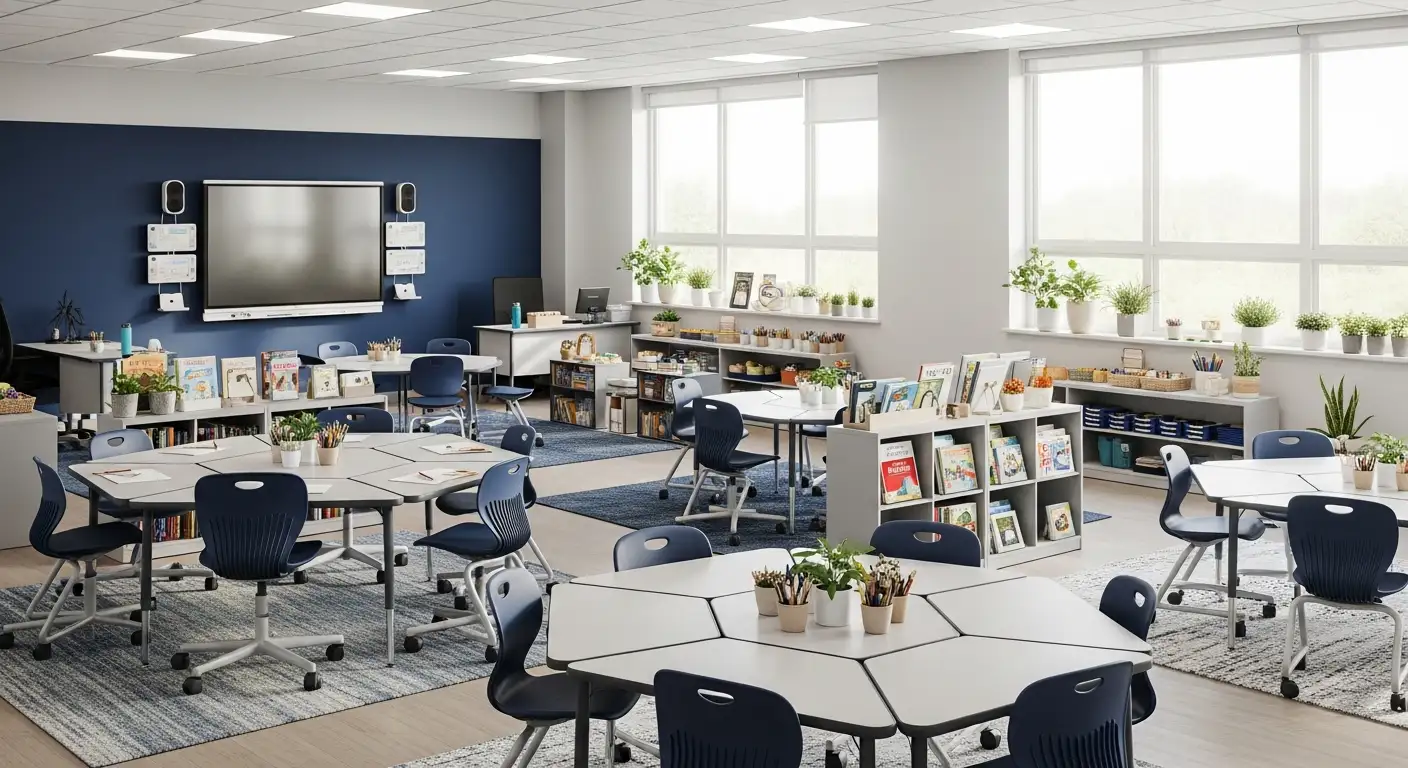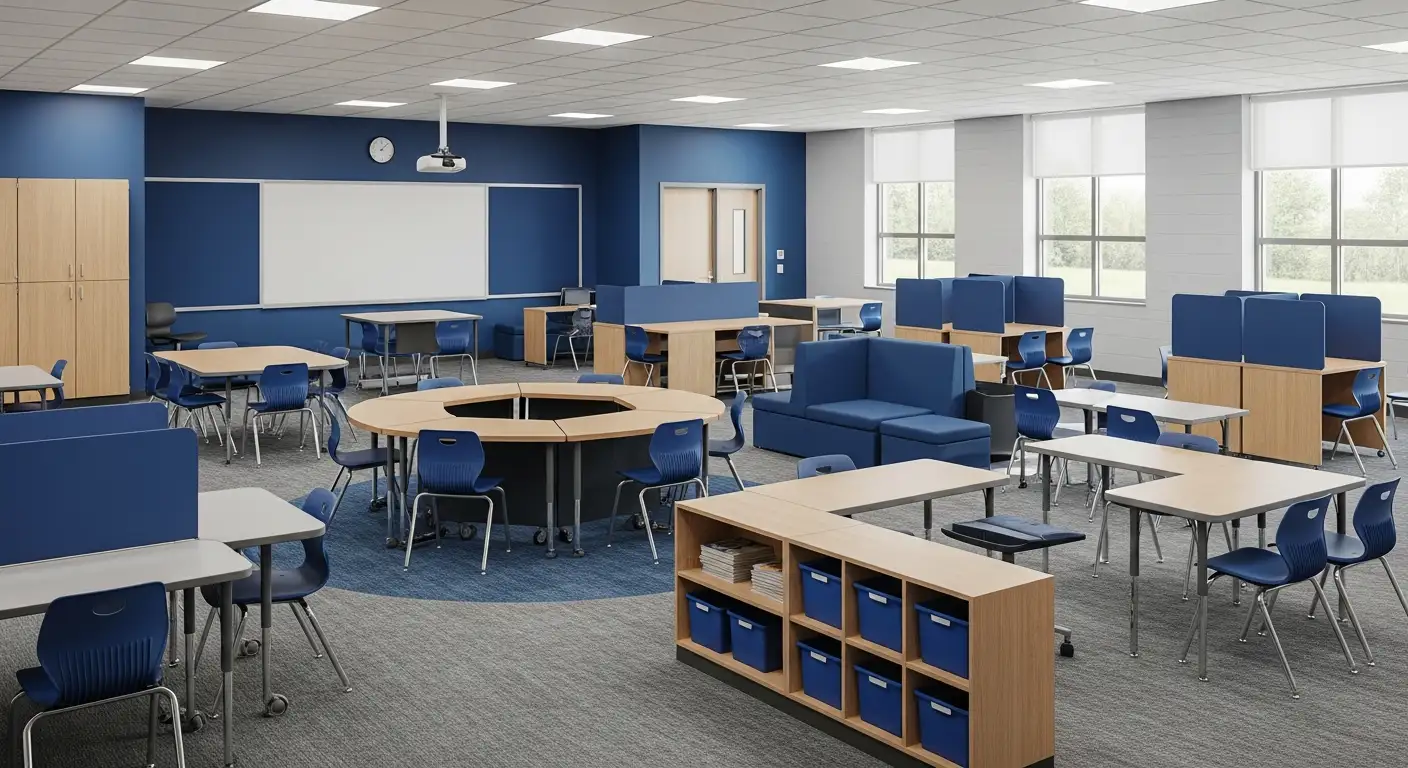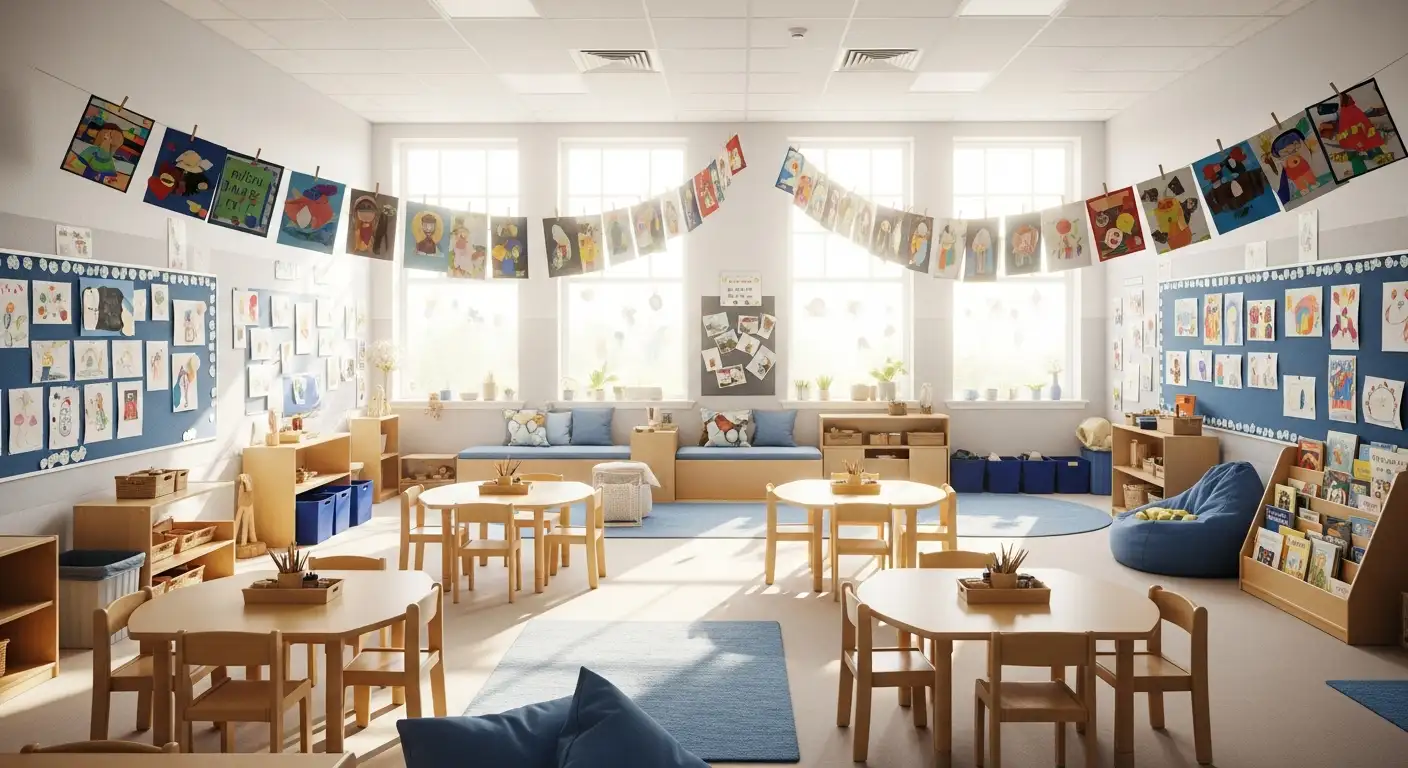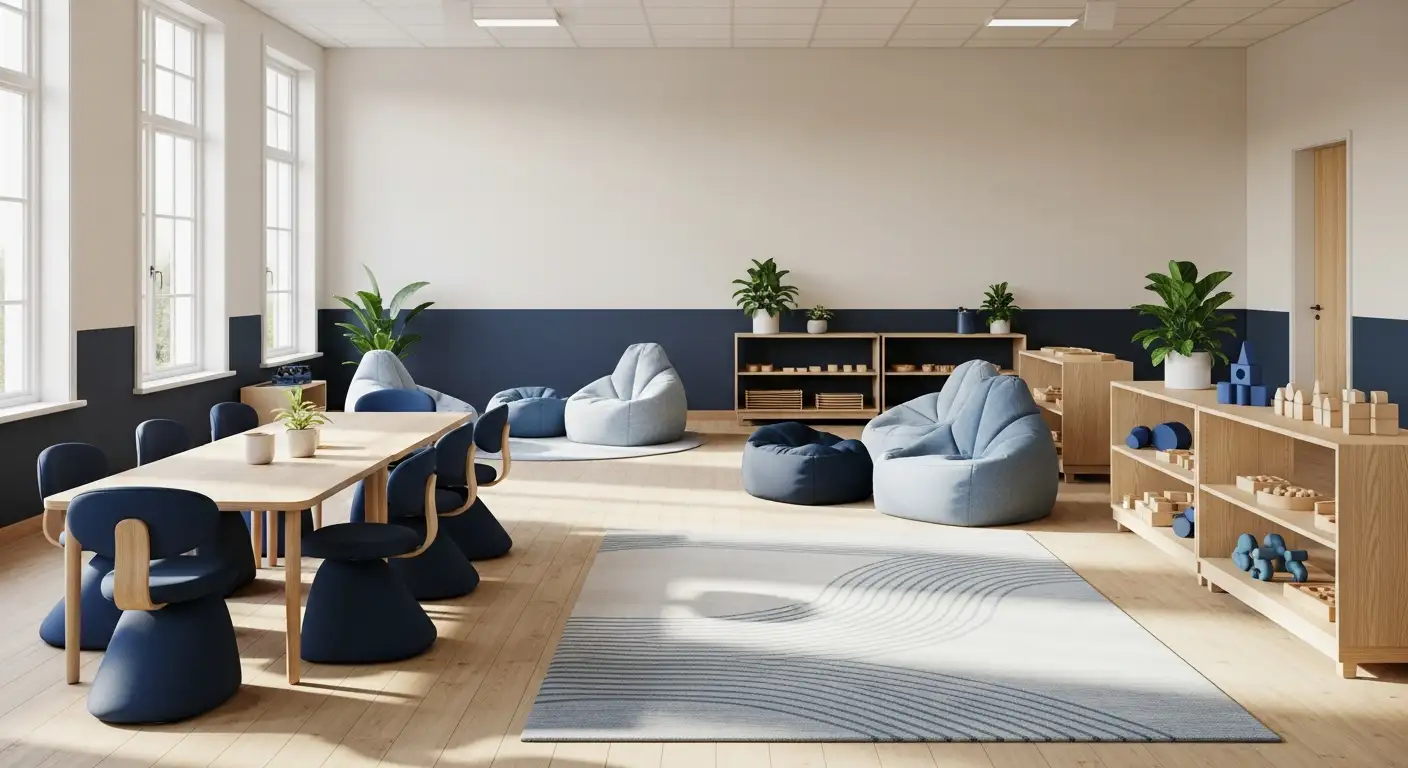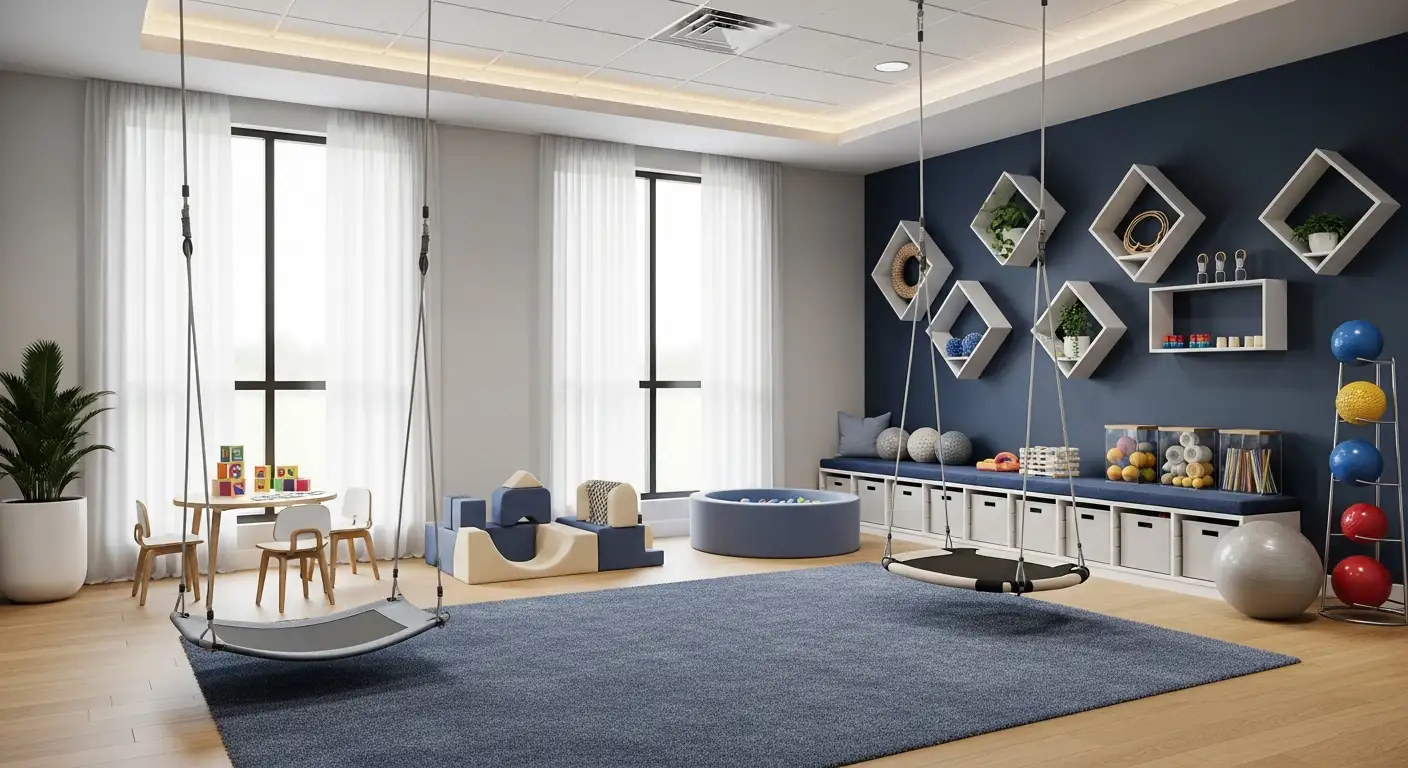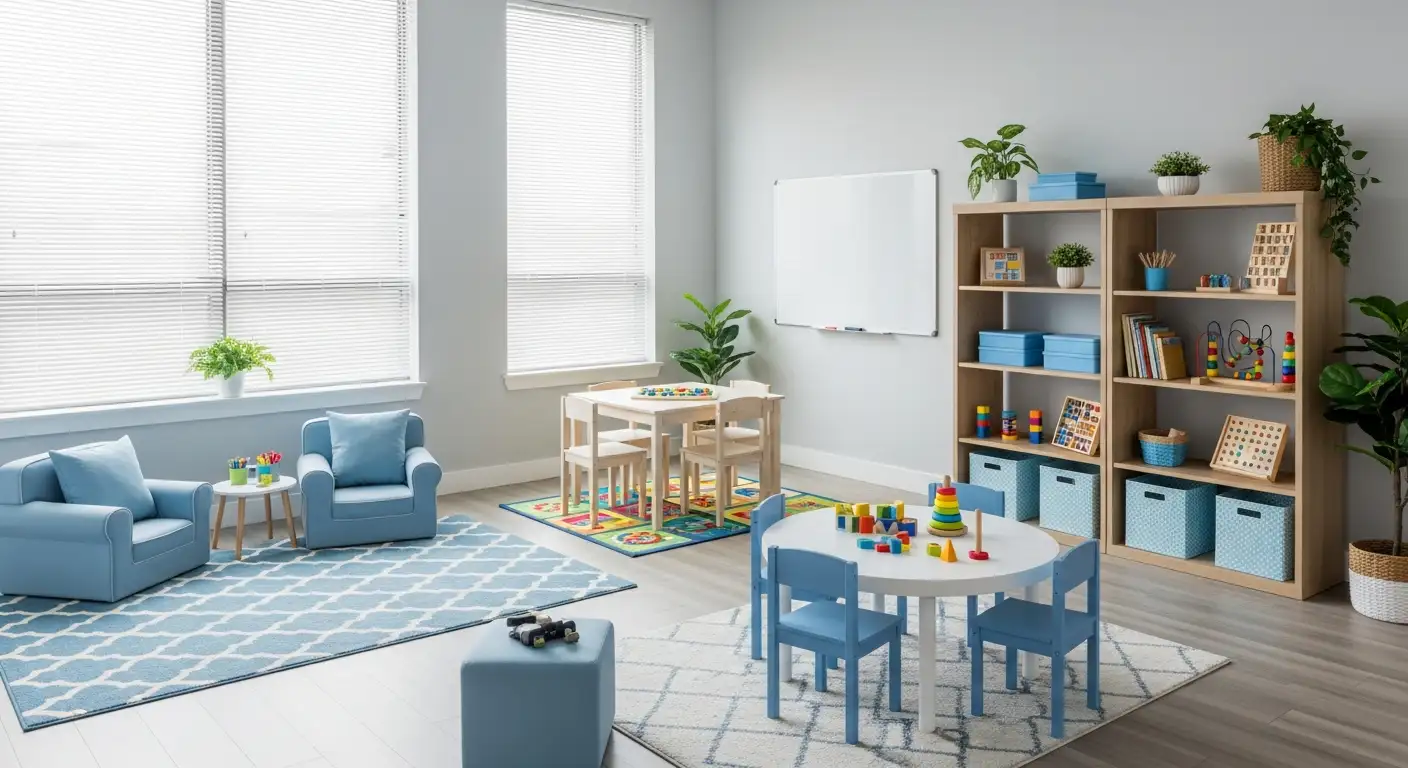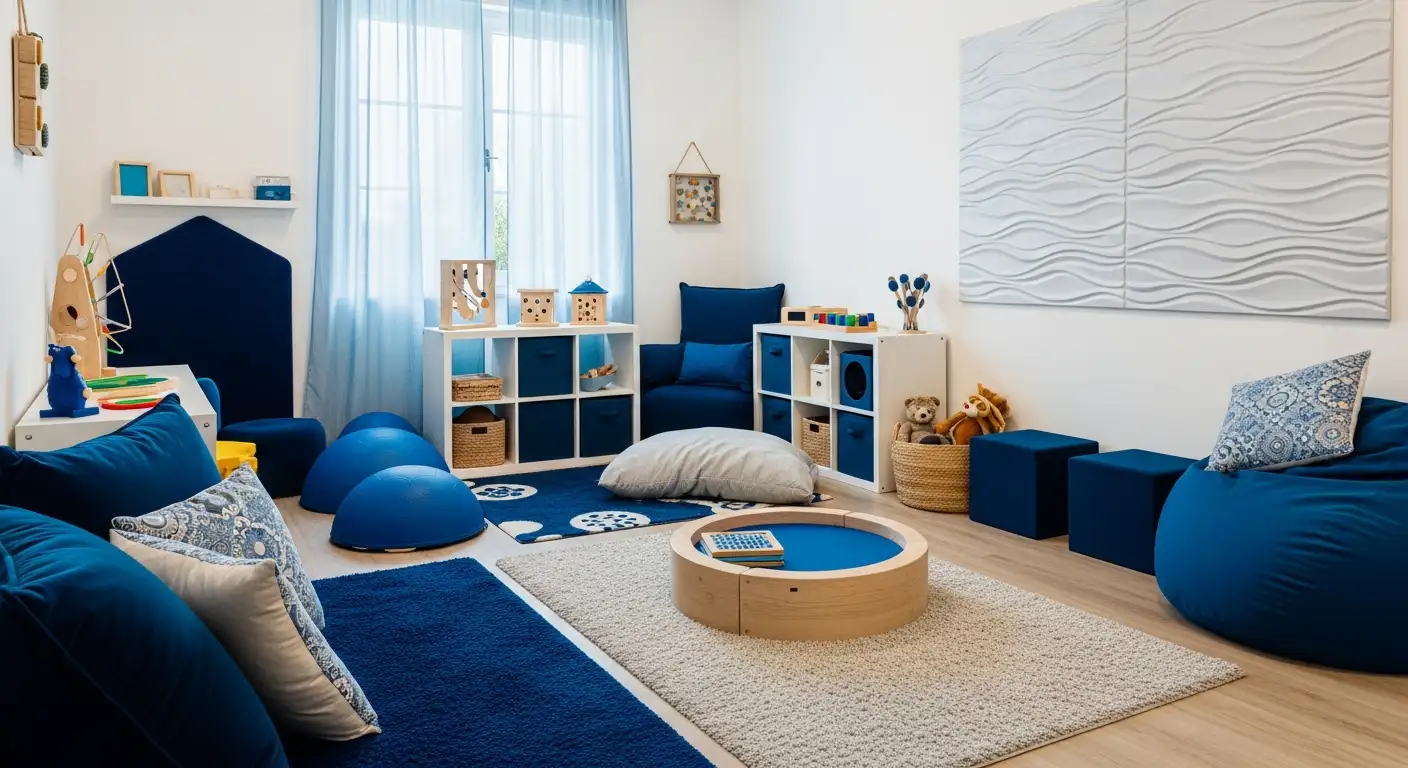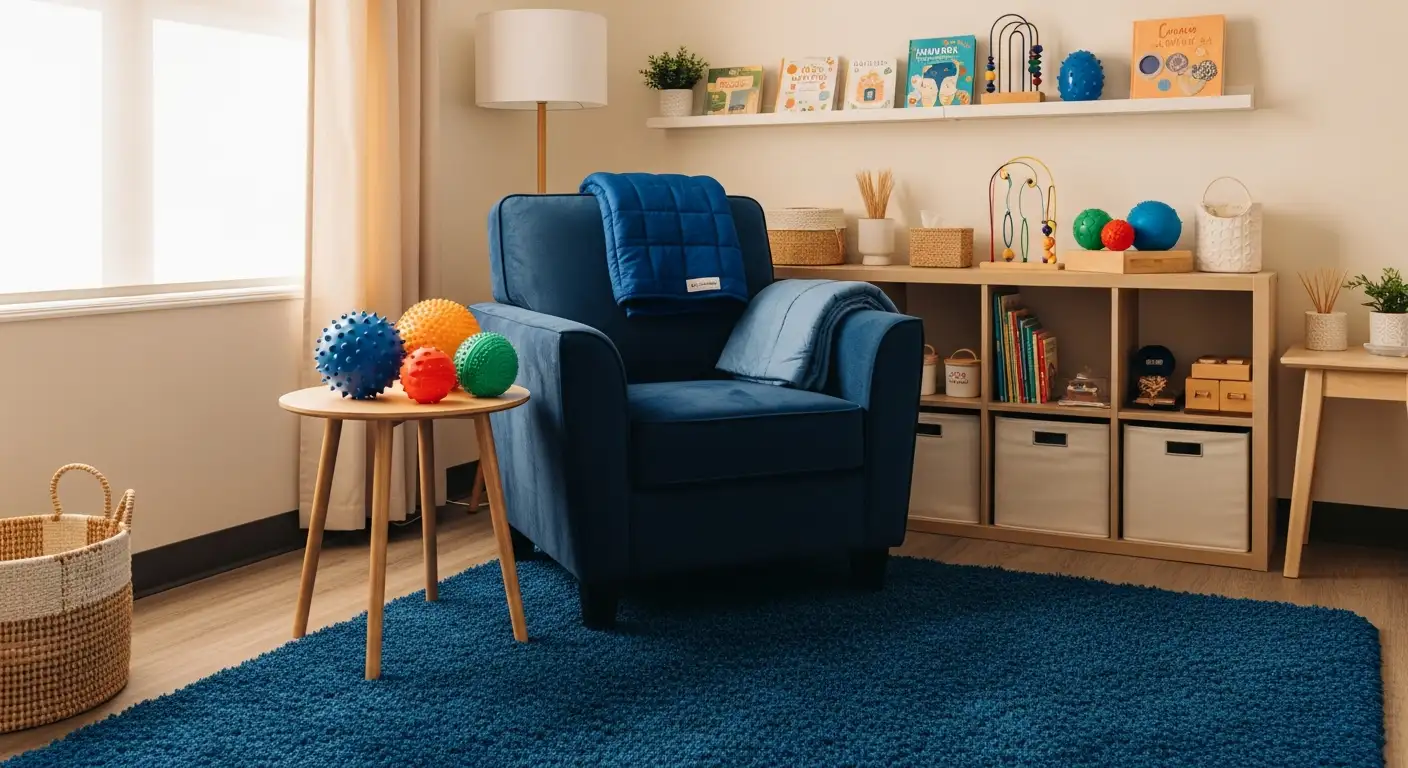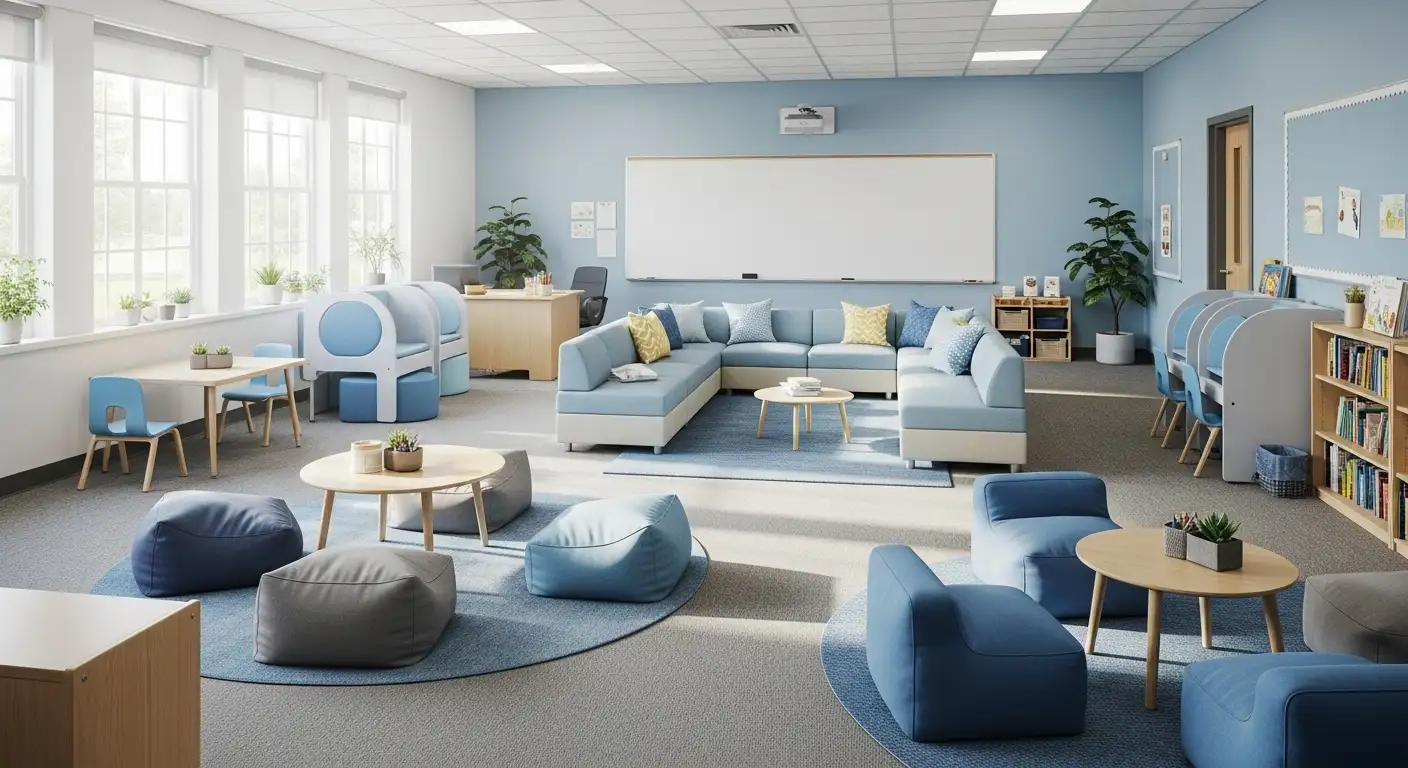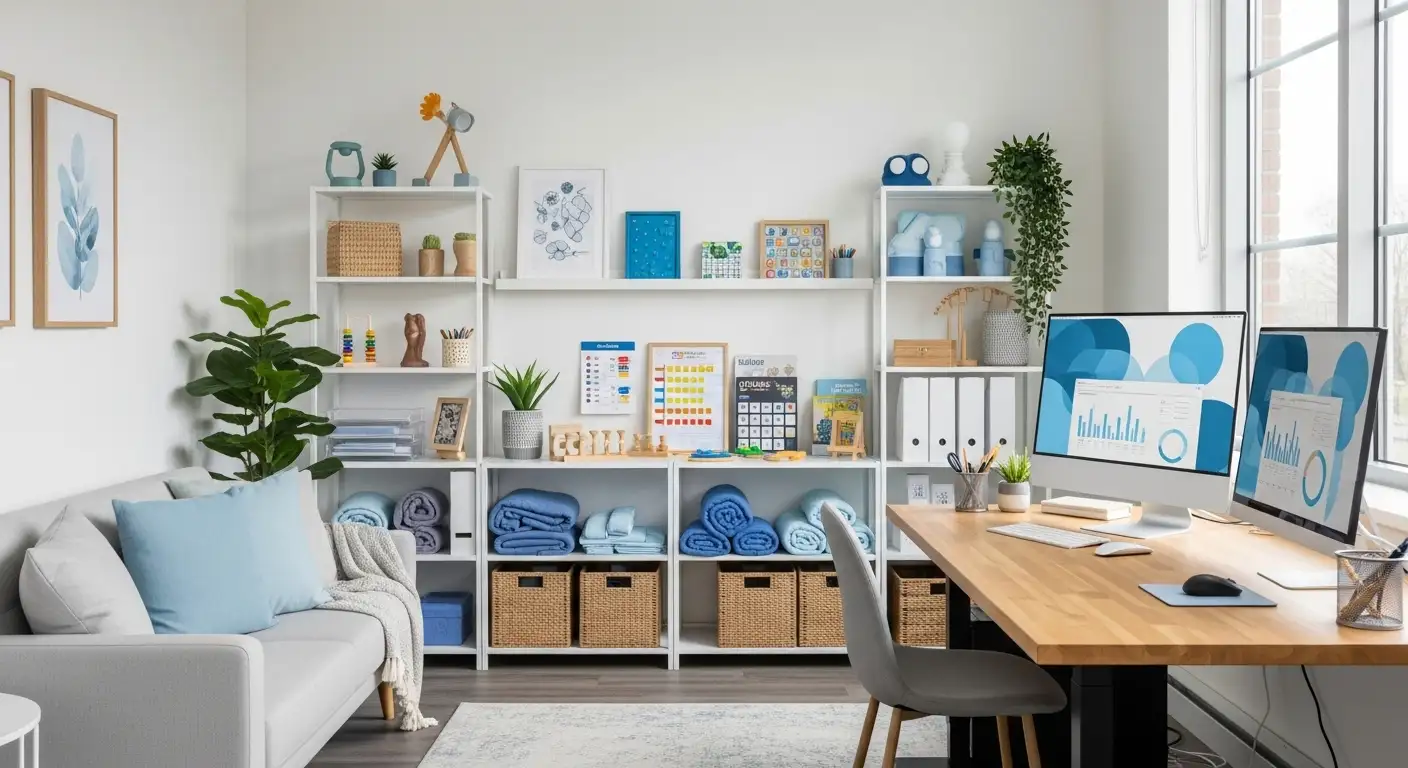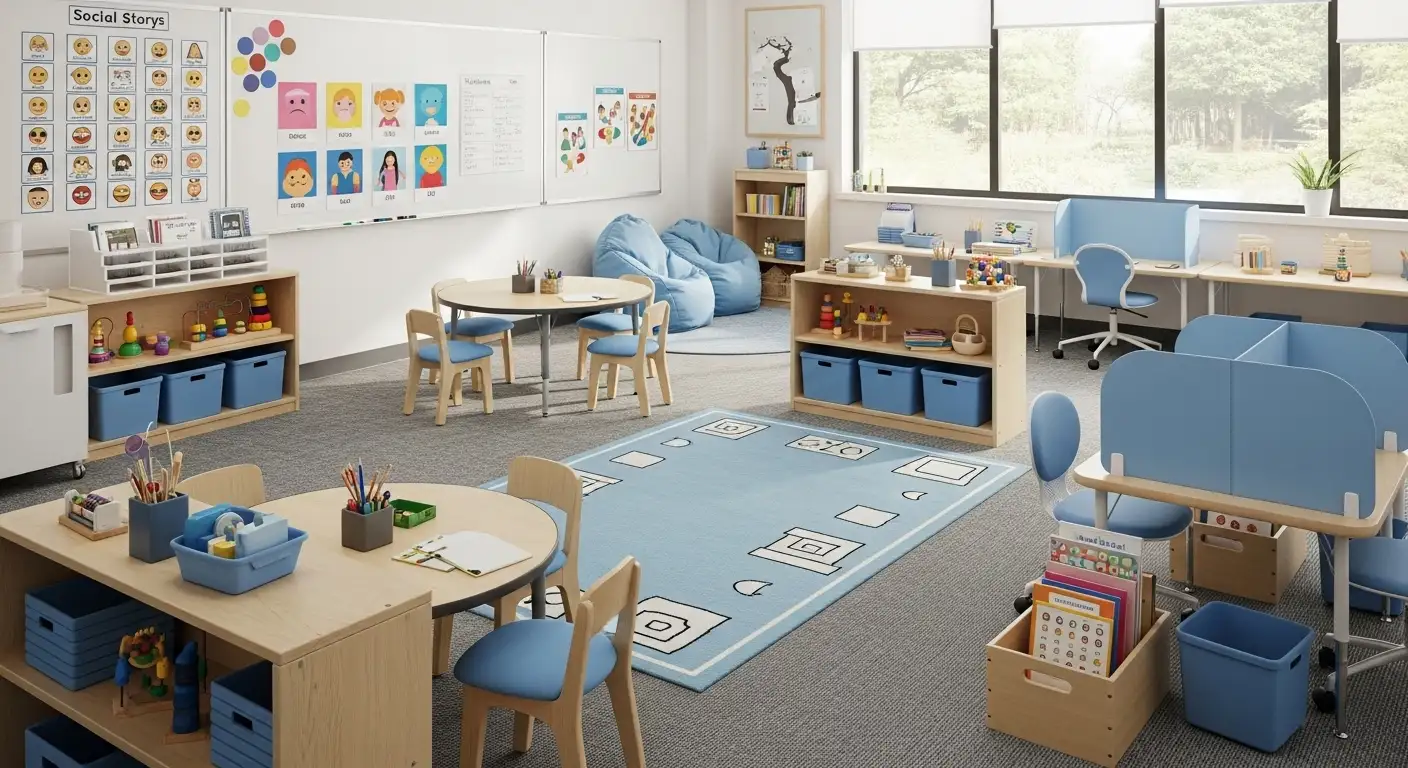How to Use Visual Supports to Enhance Autism Learning
Transforming Autism Education Through Visual Supports

Unlocking Potential with Visual Strategies
Visual supports are a cornerstone in autism education, offering structured, predictable, and engaging ways to enhance learning, communication, and social interaction. This article explores the importance of visual supports, the different types available, how to implement them effectively, and the resources that can facilitate their use, ultimately demonstrating how they contribute to meaningful progress for children with autism.
Understanding the Benefits of Visual Supports in Autism
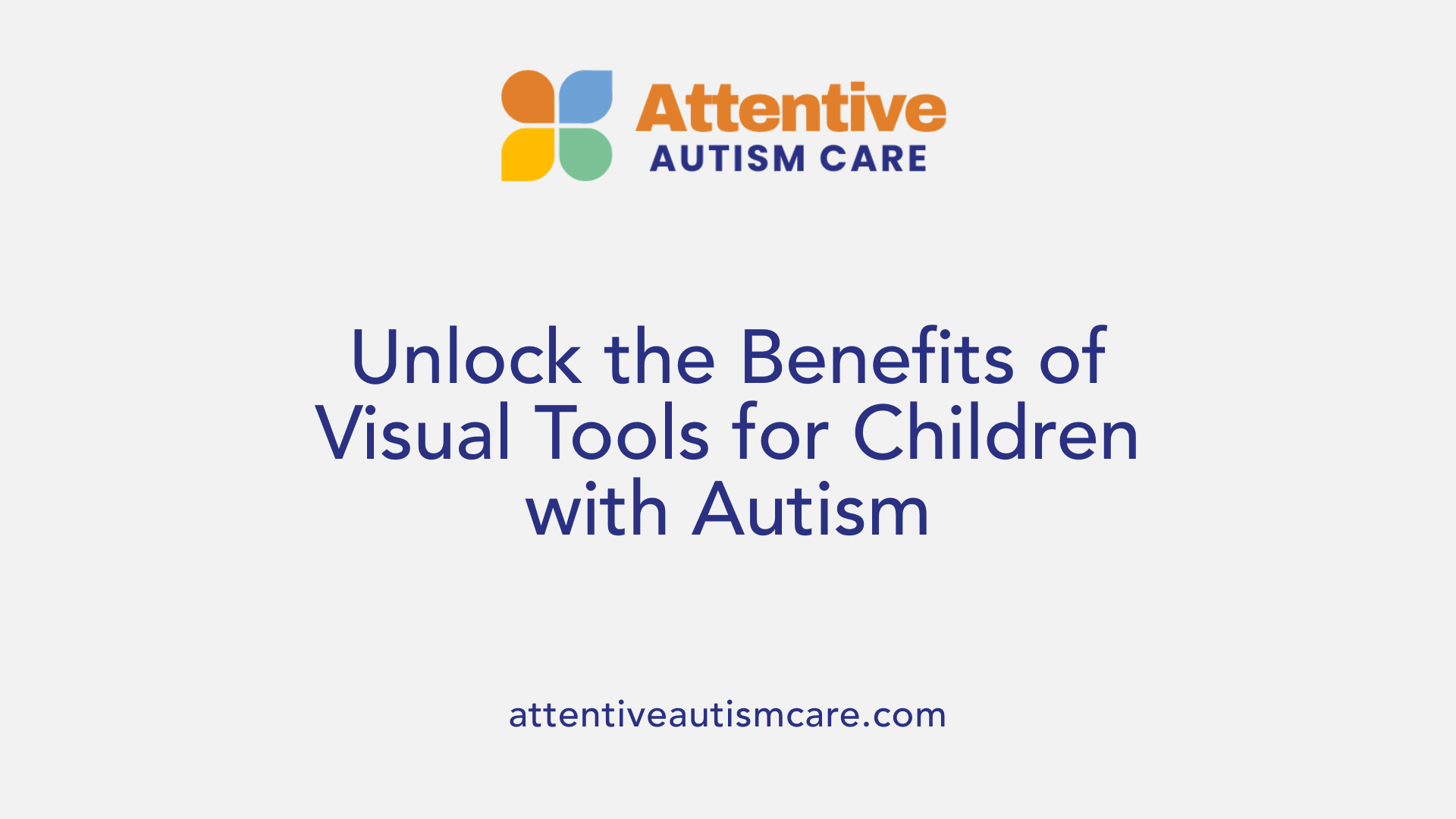
What are the benefits of using visual supports in autism education?
Implementing visual supports in educational and home settings provides significant advantages for children with autism. These tools, which include schedules, picture symbols, communication aids, and visual cues, enhance understanding by translating spoken language into visual representations. They help children grasp routines, sequences, and social expectations more clearly, which is particularly useful since many children with autism are visual learners.
Visual supports promote independence by guiding children through daily activities without constant adult assistance. For example, visual schedules break down the day into manageable steps, reducing confusion and anxiety about transitions. This predictability fosters confidence and encourages children to complete tasks on their own.
Reducing anxiety is another critical benefit. Visual tools prepare children for upcoming changes, helping them anticipate what will happen next. This lowers stress and minimizes behaviors related to uncertainty or frustration.
Furthermore, visual supports support social and functional skills by providing visual prompts that teach emotions, social cues, and appropriate responses. Tools such as emotion charts or social stories help children recognize feelings and navigate social interactions.
Creating a consistent and predictable environment is vital, and visual supports are key in establishing this structure. Whether used at home or in the classroom, these aids are adaptable to individual needs and can be personalized to maximize their effectiveness.
In summary, visual supports are an evidence-based, versatile approach that enhances comprehension, communication, independence, and social skills—making everyday learning and interactions more manageable and successful for children with autism.
The Role of Visual Supports in Promoting Learning and Communication
Supporting understanding of daily routines and social cues is fundamental for children with autism, and visual supports play a crucial role in this area. Visual tools like schedules, social stories, and emotion charts provide clear, predictable references that help children grasp what to expect throughout the day. For example, visual schedules using pictures or symbols can outline steps of a routine, reducing anxiety and encouraging independence.
Facilitating alternative communication methods is another vital function of visual supports. For nonverbal children or those with limited speech, systems such as the Picture Exchange Communication System (PECS), communication boards, and AAC devices enable them to express needs, feelings, and preferences more effectively. These supports serve as tangible ways to bridge verbal communication gaps, making social interactions and daily exchanges more accessible.
Improving comprehension and retention through visual aids is supported by research showing that children with autism often have a visual learning style. Visual supports like photographs, line drawings, and written words help reinforce understanding by providing consistent and meaningful reference points. Tools such as step-by-step charts or task analysis visually break down tasks, allowing children to focus on each part and complete activities independently.
Using visual cues for social interaction and emotional recognition enhances social skills and emotional awareness. Visual aids such as emotion cards or social stories help children recognize and express their feelings. Visual parameters—like boundaries and personal space cues—aid in understanding social expectations and managing interactions more successfully.
Supporting both verbal and nonverbal communication, visual supports serve as an essential element in autism education and intervention. They promote active participation, reduce feelings of frustration, and foster a greater sense of control and predictability. Resources like the Vanderbilt Kennedy Center provide training and materials to help caregivers and educators create individualized visual supports, ensuring their effective use across diverse settings.
Overall, incorporating visual supports into daily routines and learning environments makes a meaningful difference in the lives of children with autism, helping them become more active, confident, and successful in their communication and everyday activities.
Implementing Visual Supports Effectively in Educational Settings
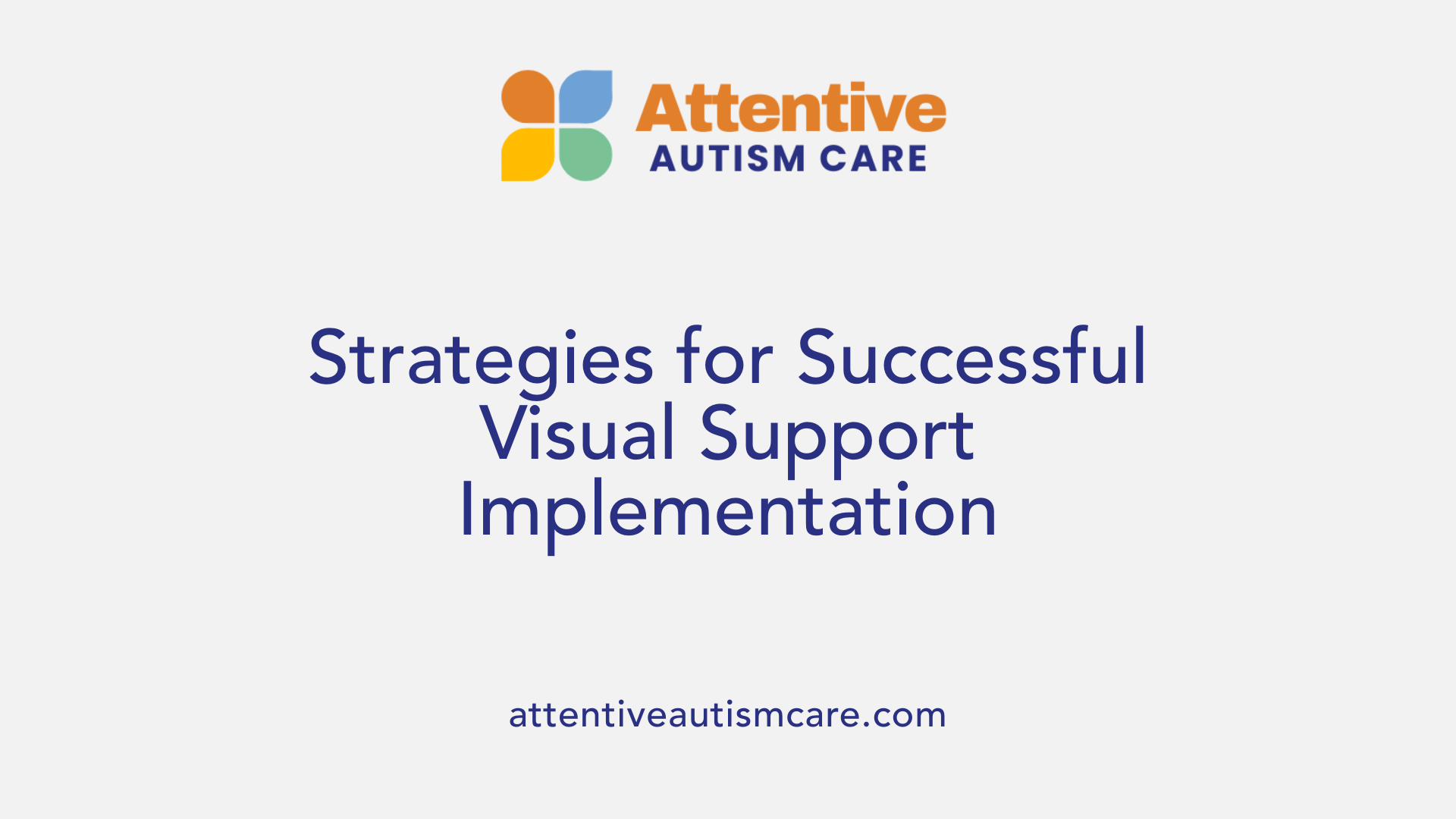
What are some effective ways to implement visual supports for autism learning?
Implementing visual supports in classrooms requires a strategic approach that tailors tools to each child's unique needs. Effective strategies include utilizing various visual tools like picture schedules, checklists, cue cards, and visual classroom rules. These aids help children understand daily routines, expectations, and social cues, making transitions smoother and reducing anxiety.
Incorporating visual prompts such as timers, break cards, and graphic organizers facilitates smoother transitions between activities. These visual cues serve as constant references, especially for children who learn best through visual means.
Matching the complexity of visual supports to the child's cognitive level is essential. Children with limited understanding may begin with tangible objects or photographs, progressing gradually to line drawings and written words as their understanding improves. Consistent use of these supports across settings and routines enhances familiarity and independence.
Initial teaching focuses on minimizing verbal prompts, encouraging children to rely more on visual cues and gestures. This approach fosters independence, allowing children to manage routines with less adult support.
Furthermore, using evidence-based curricula such as TeachTown’s enCORE and Launch ensures that visual supports are grounded in scientific research. These programs offer structured, effective methods for teaching children with autism, reinforcing skills through visual aids.
In summary, success in implementing visual supports hinges on personalization, gradual complexity increase, consistent application, and integration of proven educational practices, helping children with autism become more active, independent, and confident learners.
Types of Visual Supports and How to Utilize Them
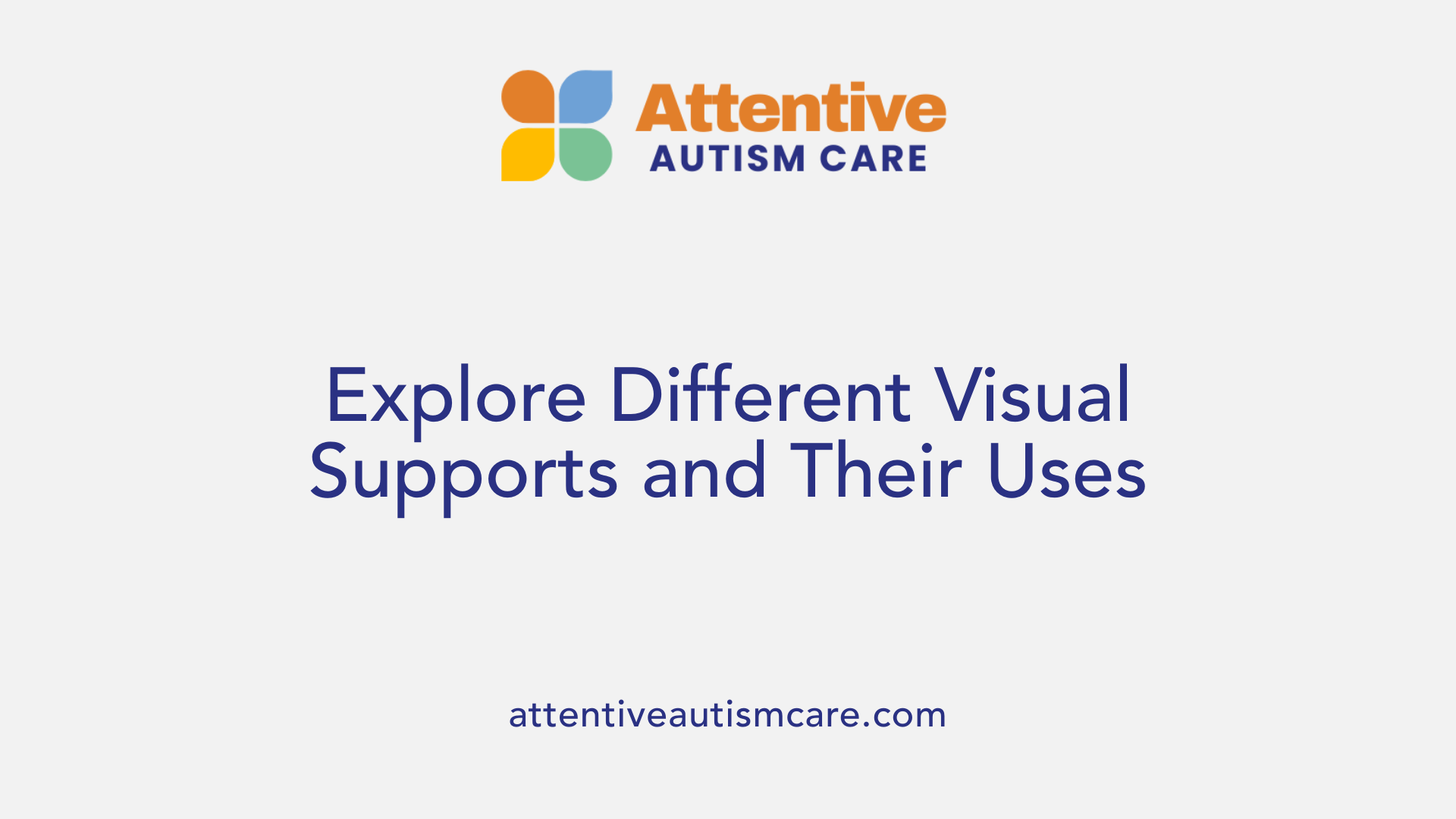
What types of visual supports can be used to support autism learning?
Visual supports are essential tools for children with autism, helping them process information more effectively and navigate daily routines with confidence. These supports come in various forms, each serving a specific purpose to promote understanding, communication, and independence.
One of the most common types includes picture schedules and visual charts. These tools visually depict daily routines or steps in a task, providing predictability and structure. For example, a visual timetable can show a child what activities are planned for the day, reducing anxiety about transitions.
Social stories, which combine pictures and simple text, help children understand social expectations and specific situations. They are tailored stories that clarify what to do in social settings, supporting social skills development.
Objects, photographs, and symbols are also widely used. Actual objects or miniature models help children understand routines or choices physically, especially for those who benefit from hands-on learning. Photographs provide clear visual references for activities, locations, or feelings.
Choice boards and communication aids are vital for facilitating decision-making and verbal or nonverbal communication. These boards often display options for activities, foods, or social responses, encouraging children to express preferences.
First-Then boards and timers are structured supports that help manage behavior and promote task completion. A First-Then board visually shows what will happen first and what will follow, motivating children to complete tasks. Timers visually indicate how long an activity will last, easing transitions.
Visual rules and parameters define acceptable behaviors and social boundaries, presenting expectations visually to aid comprehension.
Personalized supports, such as custom-made visual aids with familiar images or icons, greatly enhance relevance and engagement. For example, a child might have a personalized storybook featuring their favorite animals.
In addition to physical supports, technological tools like iPads or tablets offer interactive visual supports. Applications such as Proloquo2Go or TouchChat provide visual communication options, helping nonverbal children express needs or participate in conversations with dynamic and customizable content.
Printable supports serve as versatile resources that can be tailored to individual needs and printed for consistent use at home and school. Examples include labeled labels, visual schedules, or social stories that can be adapted easily.
Using a combination of these visual supports, tailored to each child's developmental level and preferences, significantly enhances their capacity to understand their environment, regulate emotions, and communicate effectively—all crucial factors in their learning journey.
Harnessing the Power of Visual Supports
Incorporating visual supports into the education and daily routines of children with autism can dramatically improve their understanding, communication, and independence. Tailoring supports to individual needs, consistency in use, and leveraging available resources—from printable materials to technological tools—are essential steps toward creating inclusive, supportive environments that foster growth and confidence. As research and practice continue to endorse the effectiveness of visual supports, educators and caregivers are encouraged to adopt these strategies to enhance learning outcomes and enrich the lives of individuals with autism.
References
- Visual Supports for Autism: What are the Benefits?
- Visual Supports » Center for Autism and Related Disabilities »
- Visual Strategies for Students with Autism - n2y Blog
- [PDF] Using Visual Supports With Young Children With Autism Spectrum ...
- ATN/AIR-P Visual Supports and Autism
- [PDF] Using Visuals to Support Communication
- [PDF] Learning Through Seeing and Doing
- How Do Visual Supports Help People With Autism? - Optometrists.org
- Visual Methodology - Severe Learning Disability








